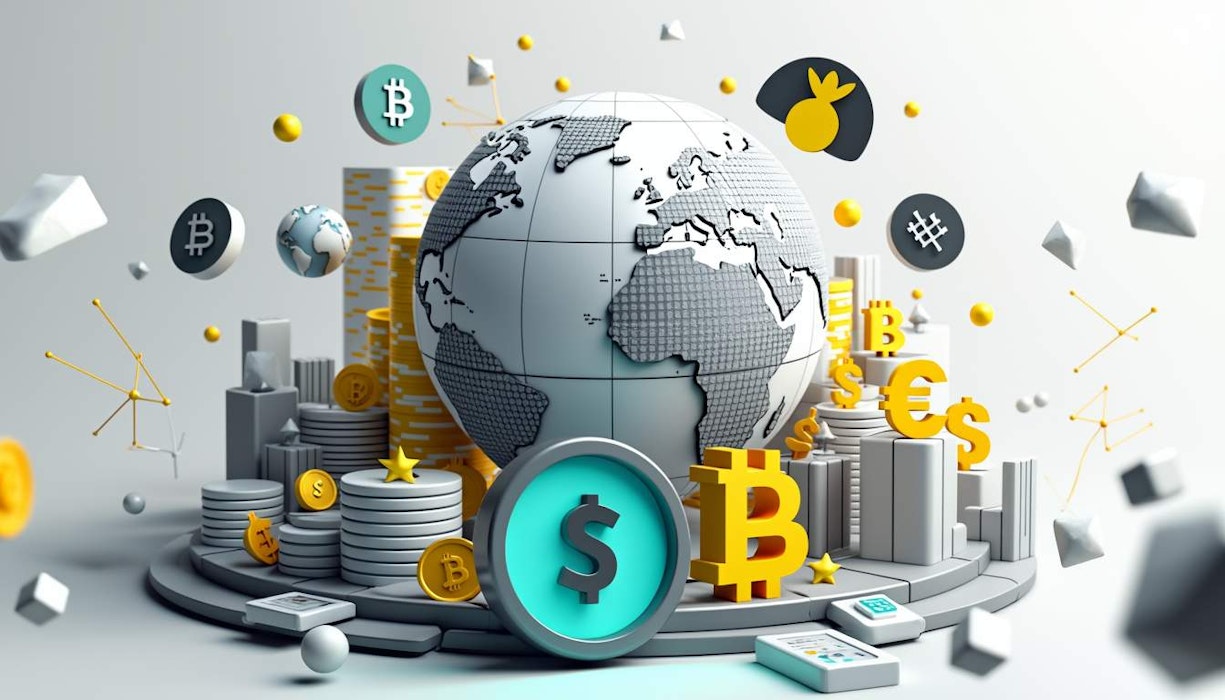Stablecoins are changing the game in finance, especially when it comes to cross-border payments. As digital currencies become more popular, stablecoins like USDG are stepping up as reliable options for transactions. Let's dive into how USDG is growing, the hurdles it faces, and how it stacks up against traditional banks.
What Are Stablecoins?
Stablecoins are cryptocurrencies that aim to keep their value stable by linking it to a stable asset, like the US dollar. Unlike other cryptos that can fluctuate wildly, stablecoins provide a more consistent value. This makes them suitable for everyday transactions and cross-border payments. They connect traditional finance with the rapidly expanding world of digital currencies, acting as a steady medium of exchange accessible around the globe.
USDG's Journey
Recent Growth
Paxos recently released its second attestation report, revealing a significant uptick in USDG's tokens. As of November 29, 2024, there were 29,386,864 tokens in the USDG contract on Ethereum, up 18,636,724 from the previous month. This confirms that the assets backing USDG total at least $29,467,869, ensuring it remains pegged to the US dollar.
Multi-Blockchain Support
Initially, USDG was only issued on Ethereum, but it's expected to expand to other blockchains soon. This move could make transactions smoother by allowing USDG to operate on faster, less congested networks, enhancing the efficiency of payments and making the stablecoin more resilient.
Regulatory Landscape
Varying Regulations
The regulatory framework for stablecoins like USDG is complex. In the U.S., multiple bodies oversee different aspects, with the SEC viewing some as securities and the CFTC focusing on commodities. This can create a confusing environment.
On the flip side, the EU's MiCA framework offers a clearer structure for regulating crypto-assets, including stablecoins. It emphasizes consumer protection and financial stability. Meanwhile, countries like China have imposed stricter regulations to mitigate financial risks.
Security Risks
Multichain stablecoins do provide flexibility, but they also pose security and regulatory challenges. Transfers occur on decentralized blockchains without a central operator, which could allow for illicit activities. To counter this, issuers must monitor blockchain transactions for suspicious activity and may need to freeze or seize stablecoins when necessary.
Cross-Border Payments with Stablecoins
A Solution for Hyperinflation
Stablecoins can be a godsend for cross-border payments, especially in hyperinflationary economies. Pegging to stable assets like the USD helps preserve purchasing power amid local currency fluctuations. This is vital for emerging markets with limited access to stable financial instruments. They enable seamless cross-border payments, increase liquidity on DeFi platforms, and provide a secure transaction method despite local economic instability.
Efficiency Gains
Stablecoins utilize blockchain networks for transactions, allowing near-instant settlements without intermediaries, which cuts down fees and delays. This efficiency makes them a viable alternative to traditional cross-border payment systems that are often slow and expensive.
Comparing Stablecoins and Traditional Banking
Advantages Over Banks
Stablecoins provide notable advantages over traditional banking systems, particularly in security and efficiency. Transactions occur on blockchain networks, offering transparency and security. Each transaction is recorded on a public ledger, which helps reduce fraud and enhances compliance with AML regulations. Plus, stablecoin transactions are almost instantaneous, avoiding banking constraints like cut-off times.
Cost-Effectiveness
Blockchain technology provides better security and transparency, with each transaction recorded on a public ledger to reduce fraud. Stablecoins also minimize costs by reducing the need for multiple intermediaries. This is especially beneficial for cross-border payments, where traditional banks often impose high fees and long wait times.
Summary
Stablecoins like USDG are reshaping the financial landscape by offering stability and efficiency in the world of cryptocurrencies. With the ability to facilitate cross-border payments and enhance liquidity on DeFi platforms, they are becoming an increasingly significant player in global finance. As regulations adapt and blockchain technology evolves, stablecoins are likely to grow further and play a central role in the future of digital assets and cross-border payments.
